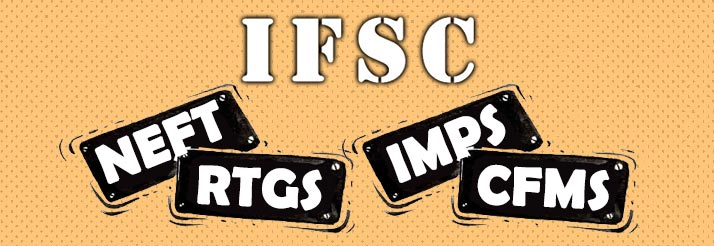The banking and finance industry has witnessed tremendous change since the introduction of technology and internet. Now with a phone in every hand and a laptop on every desk, one can easily do various types of financial transactions online. With the revolutions in online banking sector, you do not need to visit banks to transact your funds. You need to have the personal bank account details of the person or company to which you want to send funds. By entering those details on your bank’s website or on your mobile banking app you can easily transfer the funds.
As we are headed towards a cashless society learning and getting to know these online transactions is a crucial need of time. Many times we follow the rules and steps of these transactions blindly without knowing the real meaning and purpose of various codes and passwords.
The major component which helps in the success of online transactions is an IFSC code.
What is an IFSC Code?
IFSC stands for Indian Financial System Code. This alphanumeric code is created by Reserve Bank of India. This code has 11 digits of which first four represent banks, fifth is the default zero and remaining digits represent branch. IFSC plays an important role in bank’s online transactions and money transfer. By using this specific code one can identify a bank and branch desired and avail online money transfer benefits like NEFT, RTGS, IMPS and CFMS.
For what type of transactions an IFSC code is used?
NEFT:
NEFT stands for National Electronic Funds Transfer. It’s used to do one to one funds transfer from one bank or branch to another.
RTGS:
RTGS stands for Real time Gross Settlement. By using this facility one can transfer higher amounts to another bank or branch. The minimum amount required for this transaction is Rs. 2 lakh. The transfer is done on real time basis.
IMPS:
IMPS stands for Immediate Payment Service. By his facility one can transfer funds 24*7 and 365 days of year. The funds can be transferred by mobile too.
CFMS:
CFMS stand for Centralized Funds Management System. This system is used to operate current accounts.
Find your IFSC code in the following easy steps:
Step 1: Go to Ruloans.com
Step 2: Click on the ‘Bank IFSC Code’ menu at the bottom of the page.
Step 3: Choose the name and branch of your bank from the easy list menu offered on Ruloans webpage
Step 4: You get the desired IFSC code by following the above steps! Don’t forget to note down the details!









